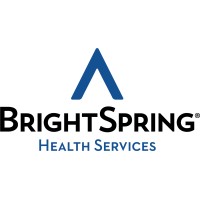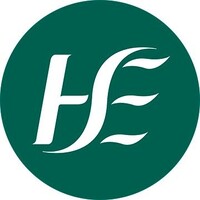
BrightSpring Health Services
BrightSpring is the parent company of a family of services and brands that provides clinical, nonclinical, pharmacy and ancillary care services for people of all ages, health and skill levels across home and community settings. The company is a leading provider of diversified home and community-based health and pharmacy services to medically complex and high-need populations. Its primary businesses include: behavioral health (including autism services), home health care (including personal care, home health, and hospice), neuro therapy, and job placement and vocational training, supported by pharmacy and telecare ancillary technologies and services. These businesses employ over 37,000 dedicated full-time equivalent team members in 50 states and provide services for over 350,000 people every day. BrightSpring is focused on providing quality outcomes and solutions through best-in-class services and investments in people, process and technology innovation, including the development of its Connected Home model of care. Founded and headquartered in Louisville, Kentucky, the company has been making a difference in communities since 1974 – helping people live their best life.






